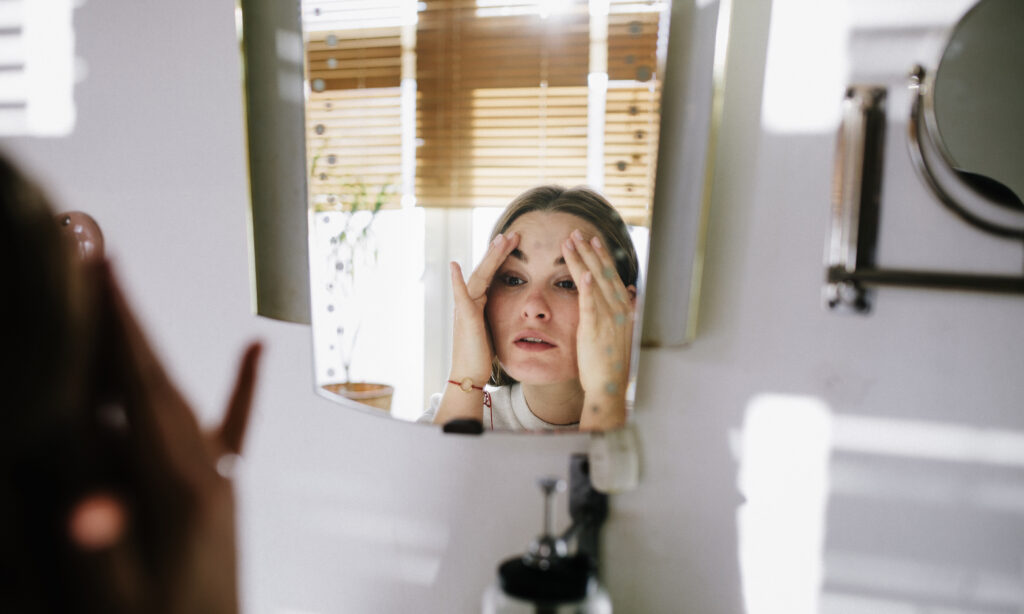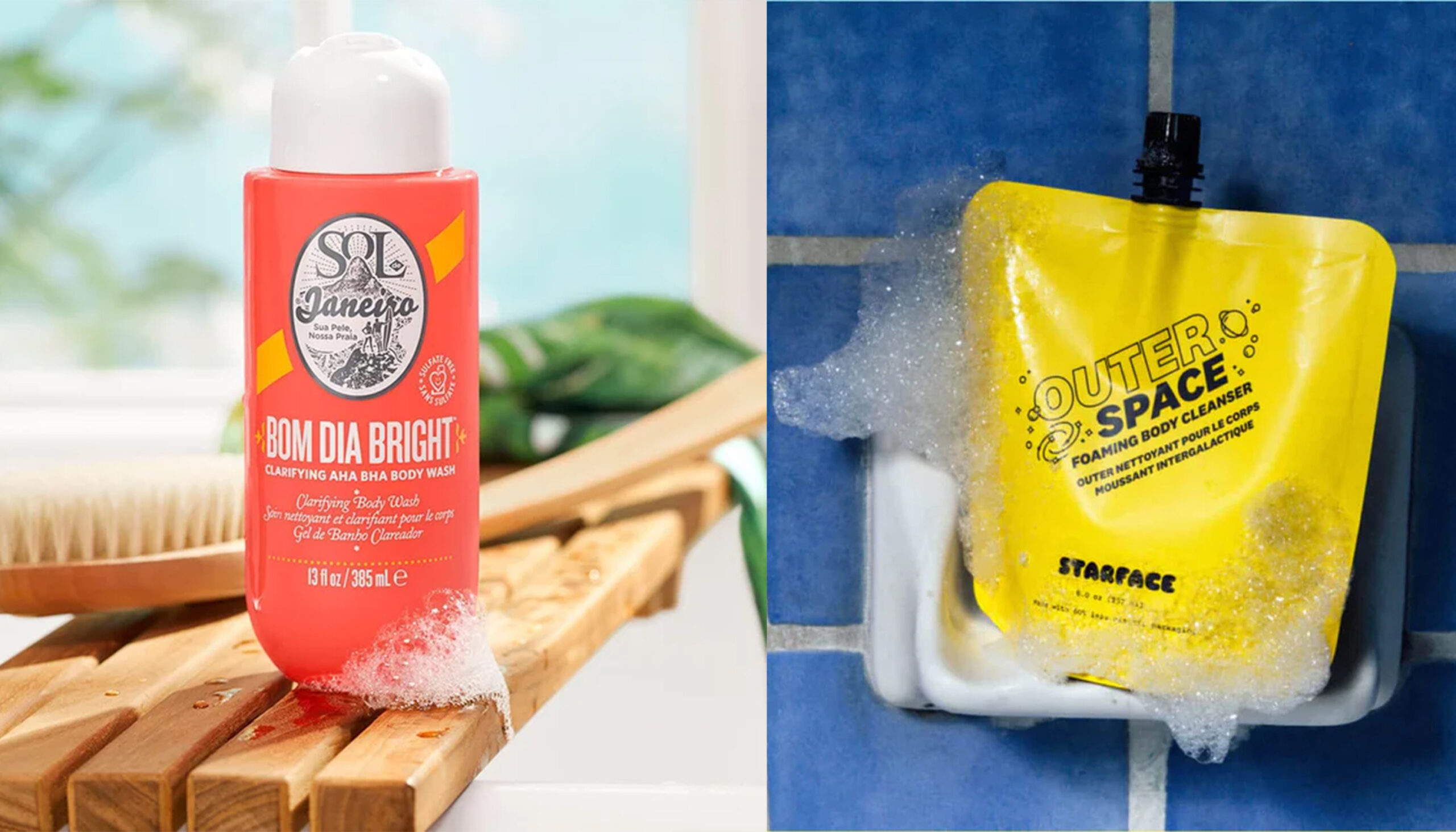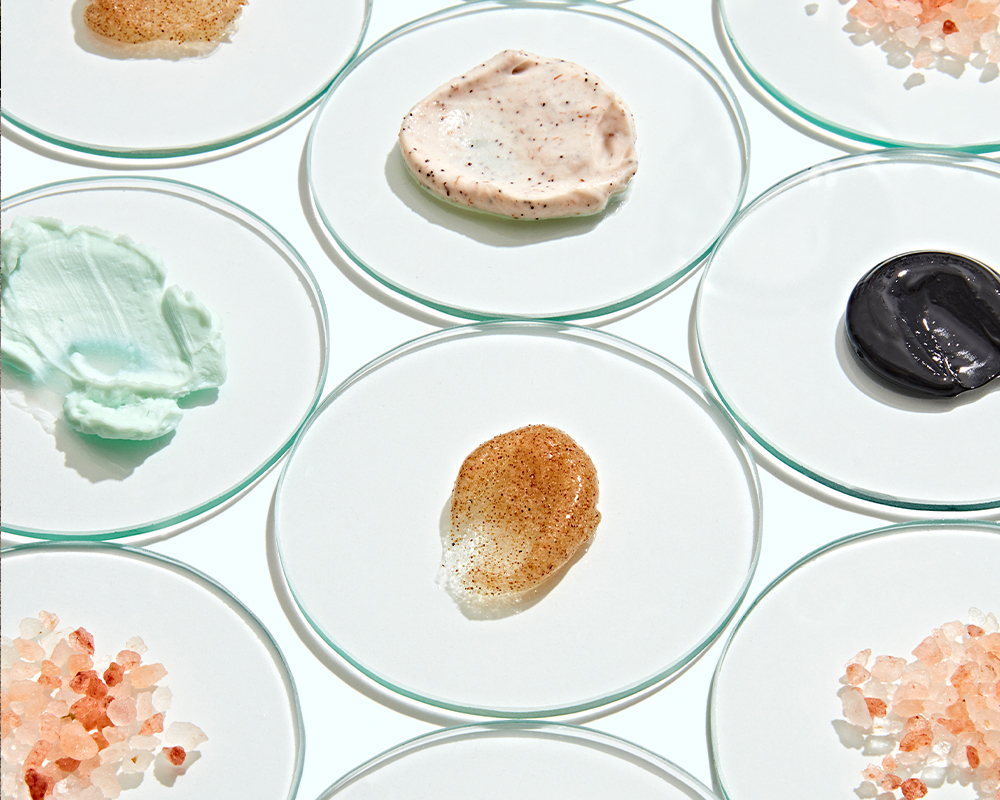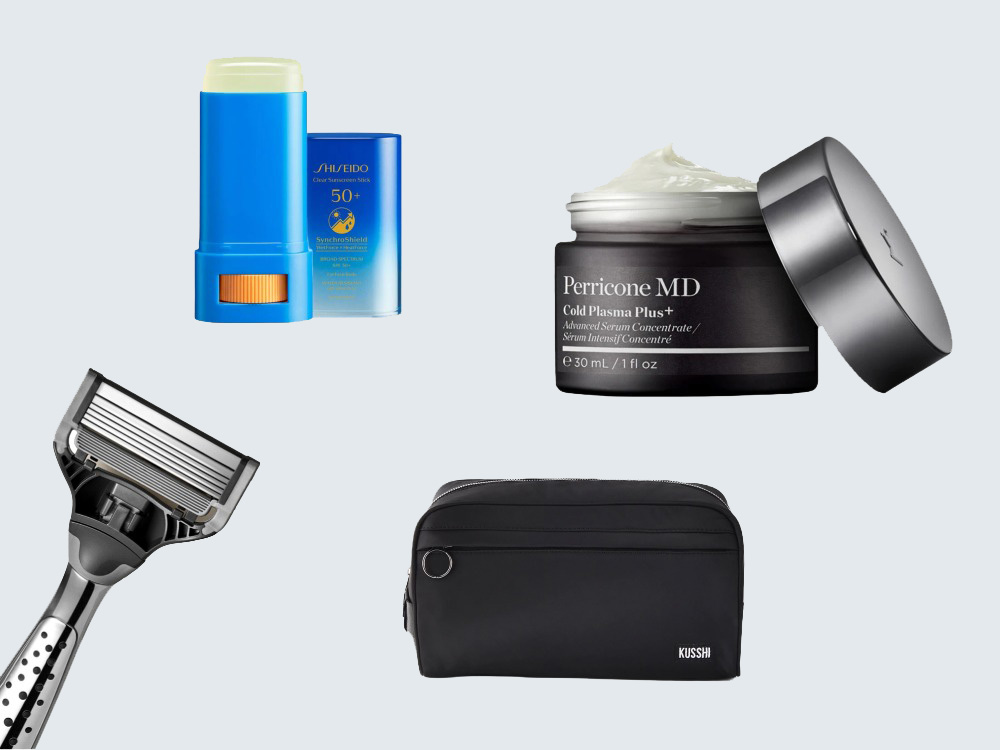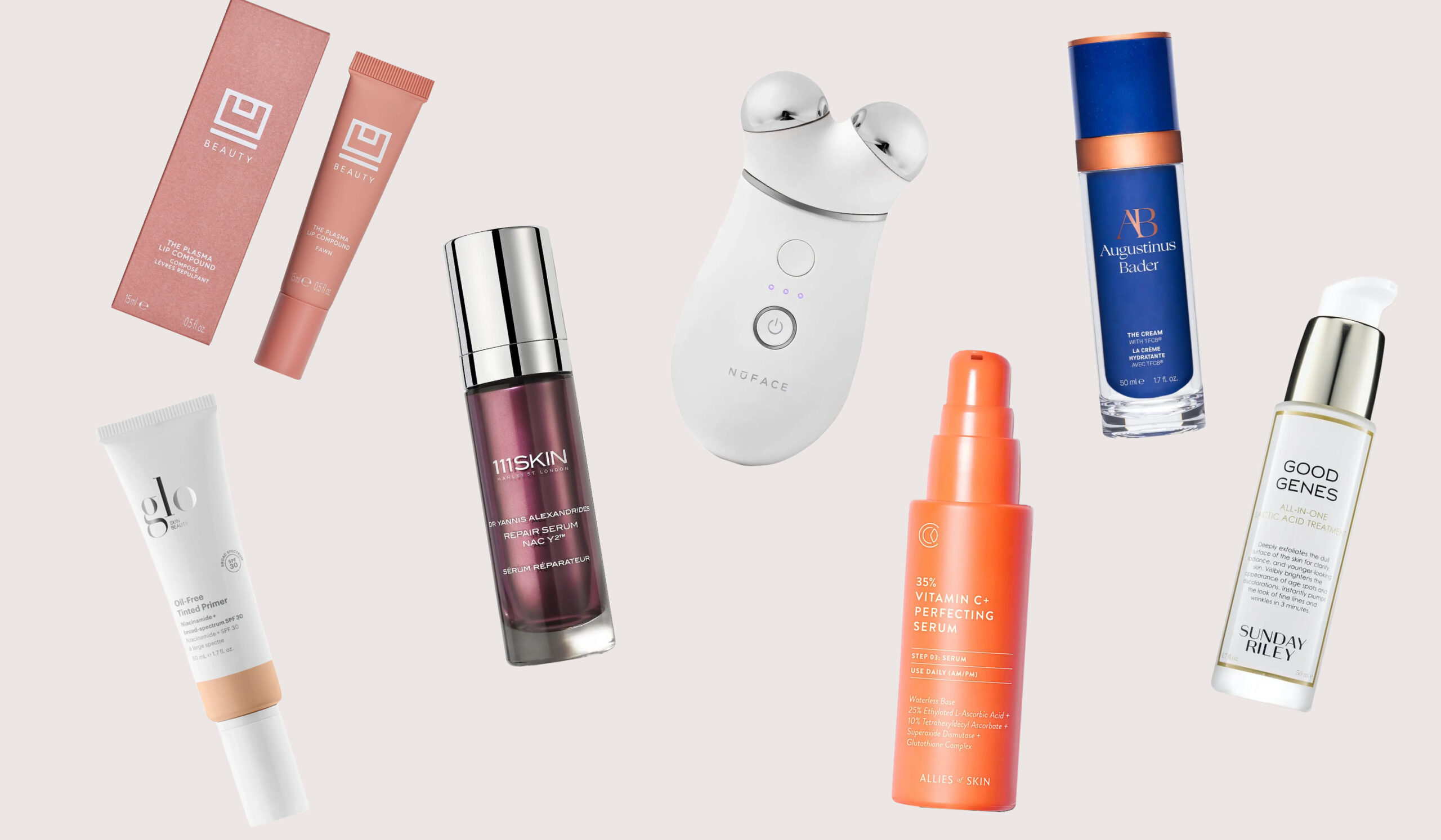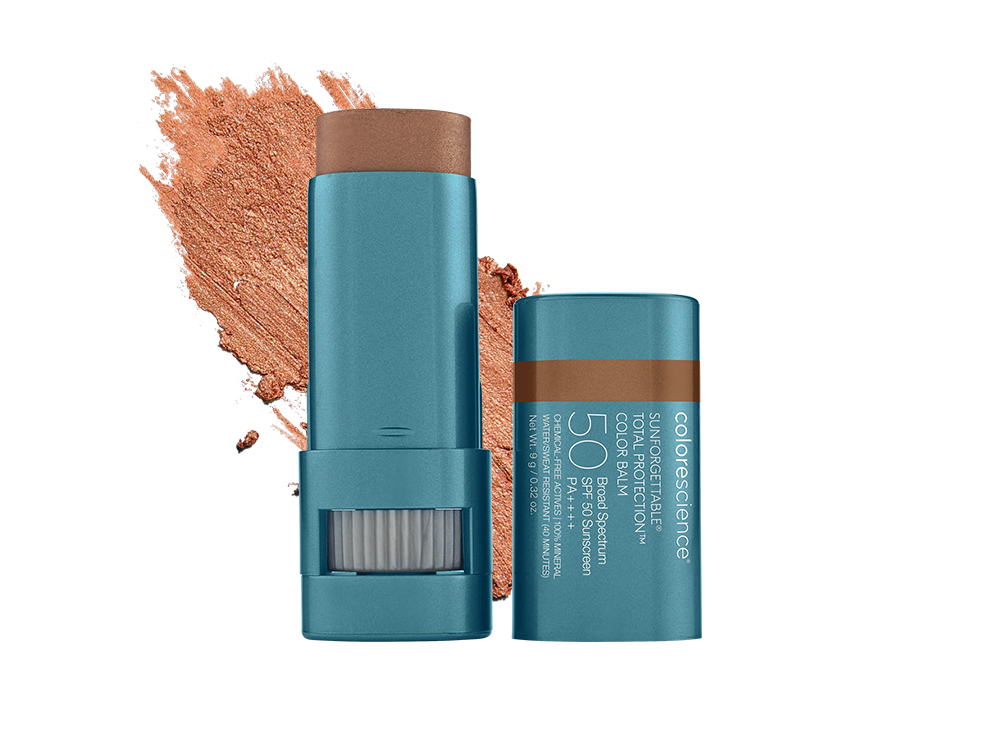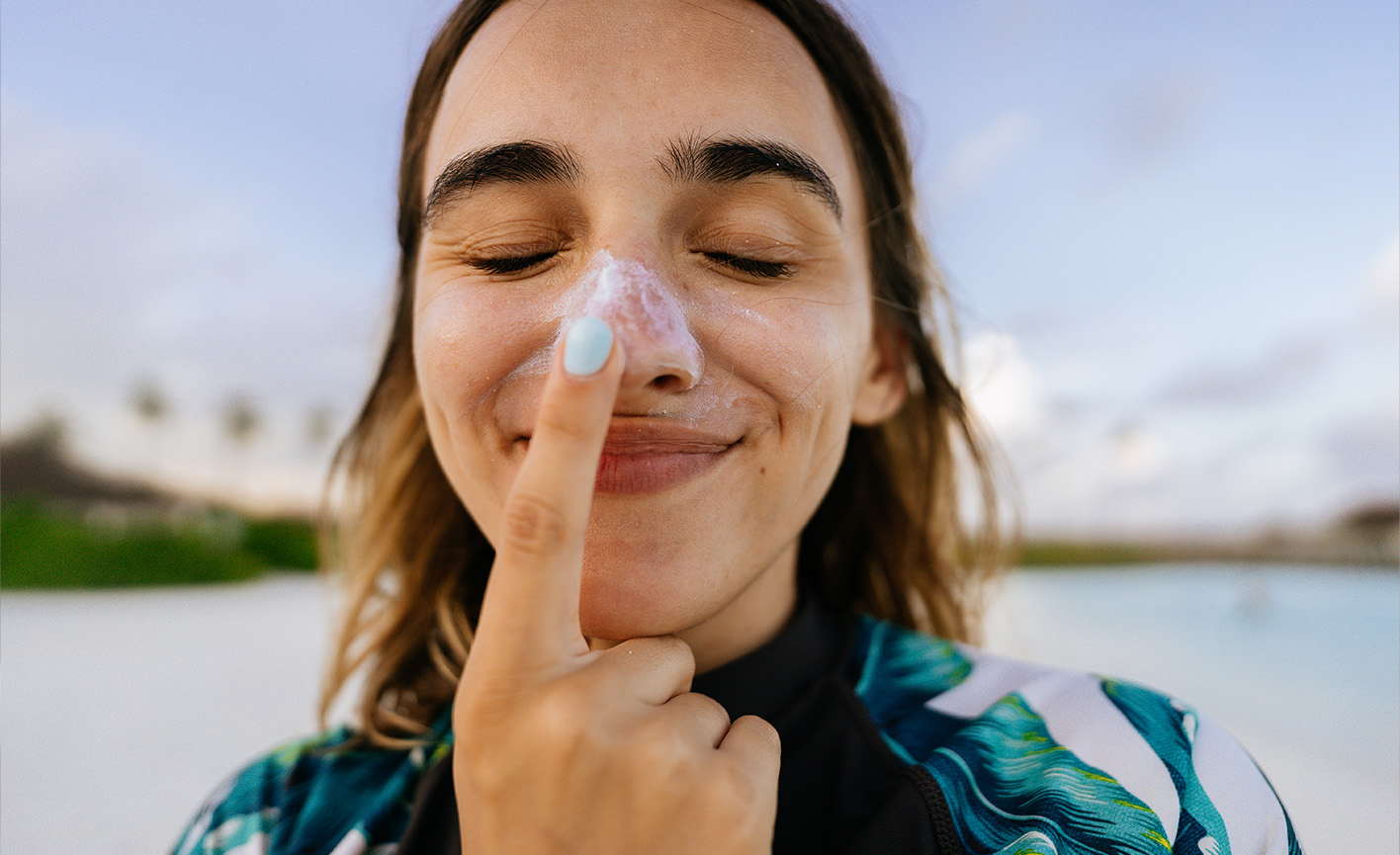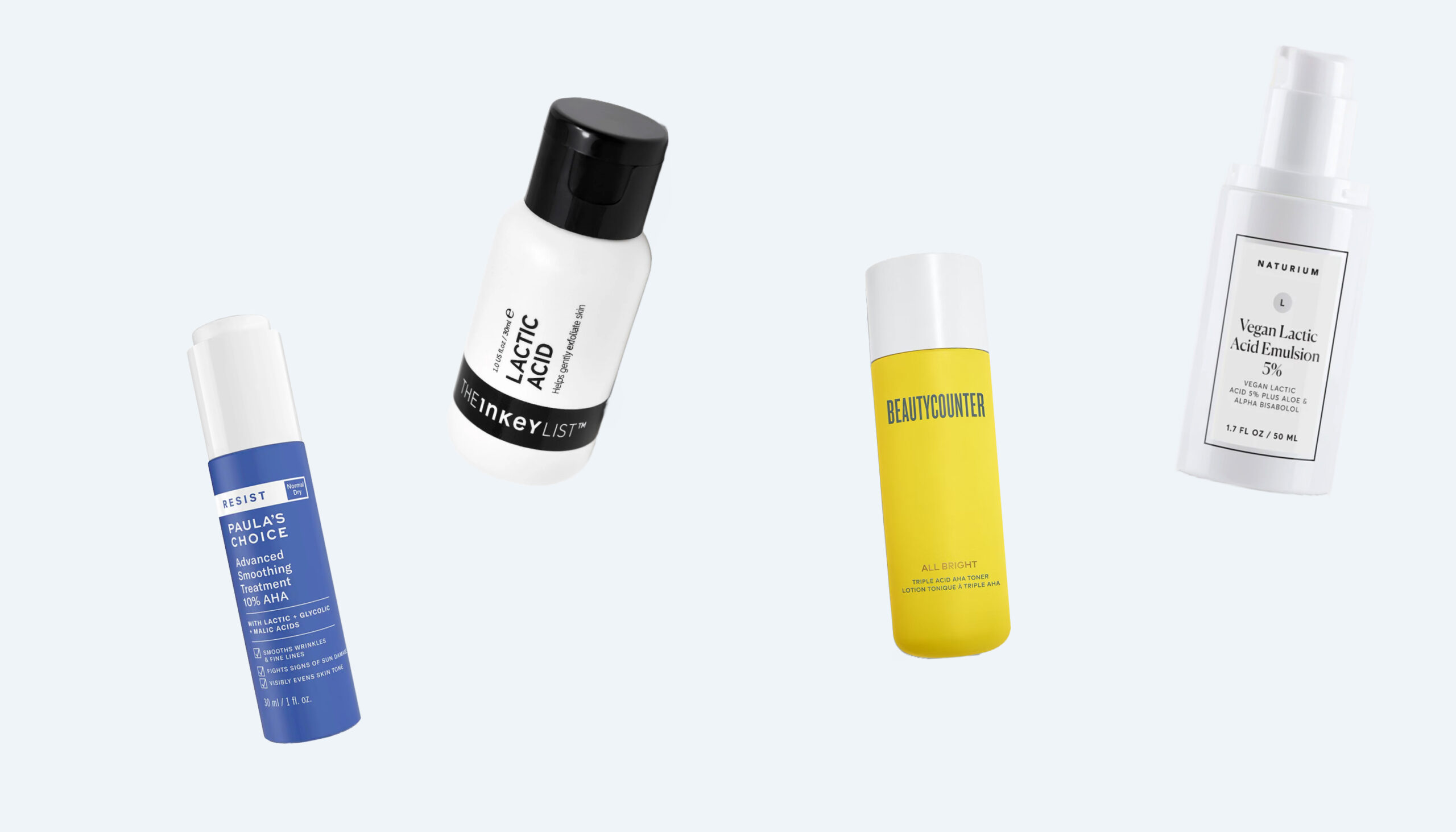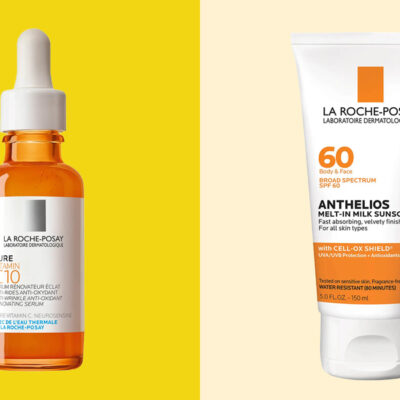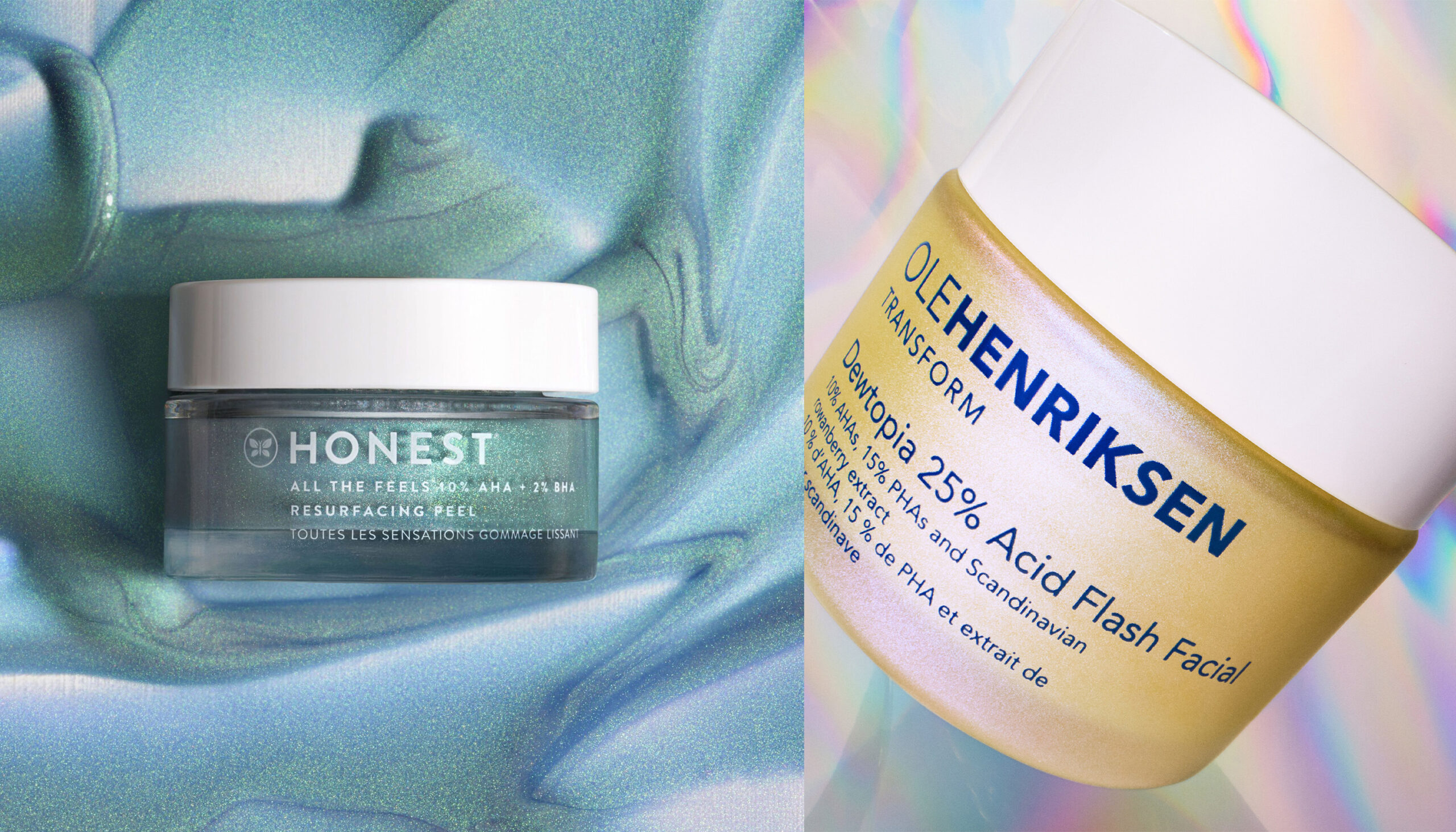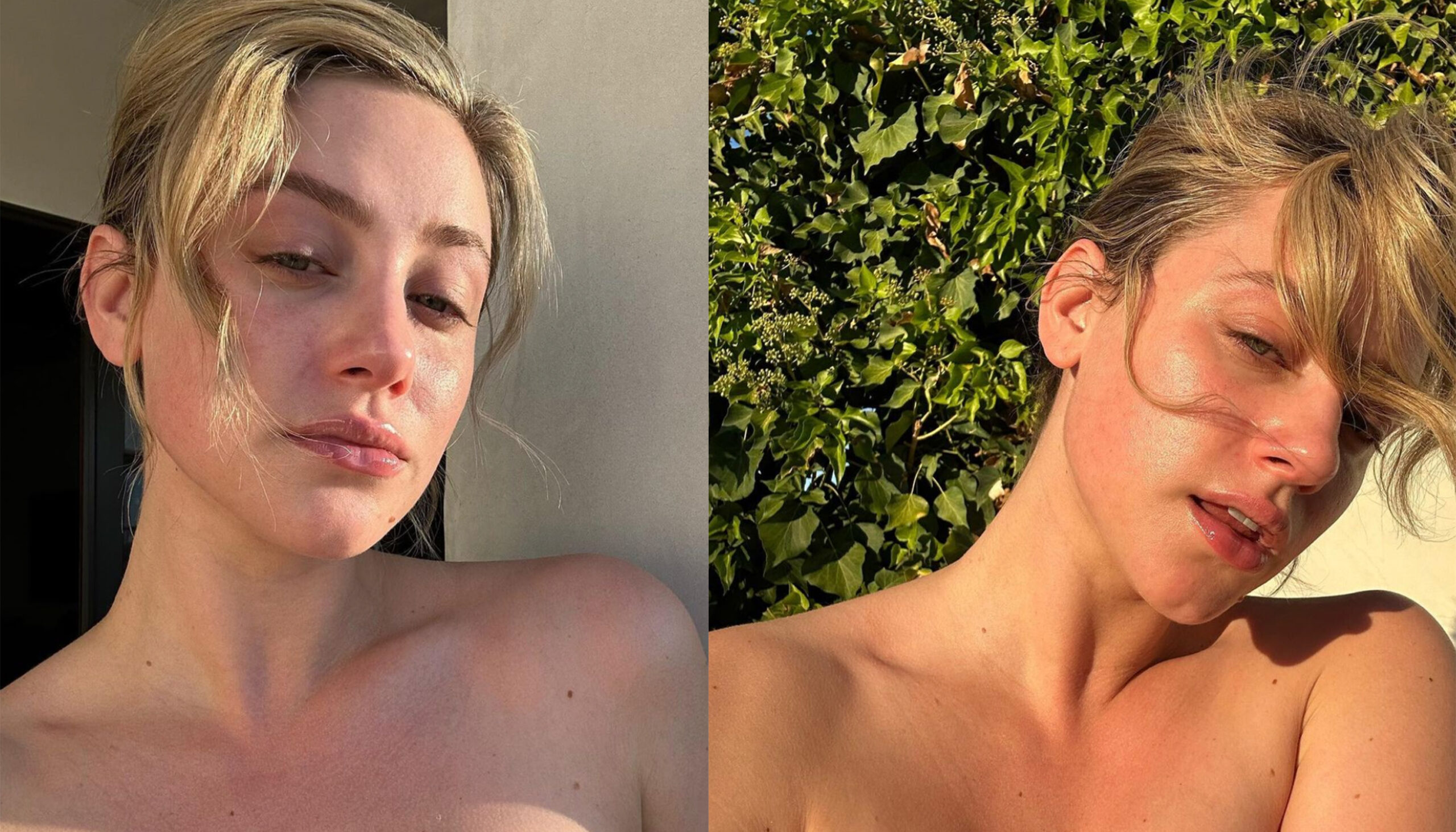Even the best active ingredients can come with some kind of adjustment, whether it’s the flake-laden acclimation period to retinol or the initial irritation that some might experience with vitamin C. Skin purging can be one of the more discouraging among them, with the onset of pimples that can rival a bad breakout.
And while skin purging only occurs with certain actives (retinol among them), it can be frustrating enough to keep you from sticking with a given product before you ever get to see the results. There’s good news, though: Skin purging is a temporary condition—and one that a visit to your dermatologist might even be able to circumvent. Here is everything you need to know.
Featured experts
- Dr. Deborah Longwill is a board-certified dermatologist in Miami, FL
- Orit Markowitz, MD is a board-certified dermatologist in New York
What is skin purging?
Arising in the form of small zits, “skin purging is a common but temporary reaction that can occur when you start using certain skin-care products, such as retinoids, alpha hydroxy acids and beta hydroxy acid,” says Miami dermatologist Dr. Deborah Longwill. A 2020 review of data found that roughly seven percent of people who used glycolic acid (an alpha hydroxy acid) and salicylic acid experienced skin purging when they first started using it.
What these ingredients have in common is their physiological action within skin. “These ingredients promote skin cell turnover, which leads to rapid shedding of dead skin cells,” says Dr. Longwill. When these skin cells shed quickly, they leave room for new, healthy cells to arise on the surface of the skin—and with them, impending breakouts that would have otherwise laid dormant until future notice. What can make it especially frustrating is that some of these ingredients are among the best for treating acne in the first place, meaning that breakouts will often get worse before they get better.
When does it happen?
The timing is actually a big clue as to whether you’re actually dealing with skin purging. “Skin purging usually occurs after starting a new skin-care product, typically within the first couple of weeks,” says Dr. Longwill. On the other hand, breakouts can happen at any time or follow some kind of pattern (for instance, as your hormones fluctuate with your monthly cycle).
How long does skin purging last?
The good news is that unlike having acne-prone skin—which can require lifelong management—skin purging is temporary even if you stick with the new ingredient. You should start to see the pimples clearing up within four to six weeks, says New York dermatologist Orit Markowitz, MD.
If the flare lasts longer than that, Dr. Longwill recommends checking in with a dermatologist to ensure that you’re not dealing with a persistent, true acne flare.
What does skin purging look like?
Unlike a red, angry zit, “skin purging tends to consist of small whiteheads, blackheads or tiny bumps that come to the surface,” says Dr. Longwill. Meanwhile, breakouts will appear as cystic acne—think large, tender bumps—or inflamed pimples, which are red and sore.
How does skin purging differ from a regular breakout?
Skin purging appears as acne after a treatment, according to Dr. Markowitz; she often sees it when her patients begin using a prescription-level retinoid, such as tretinoin. It’s the introduction of that new product that triggers skin purging, whereas “a breakout occurs with or without treatments, and is not a direct result of a new retinoid regimen that brings underlying acne to the surface as part of the clearance process,” says Dr. Markowitz.
So, you can look to the timing as a clue that you’re working with skin purging. “Skin purging usually occurs after starting a new skin-care product, typically within the first couple of weeks,” says Dr. Longwill. Breakouts can occur at any time and may be tied to other factors like fluctuations in your hormones or stress.
Another tip-off is their appearance since skin purging can look like small bumps without the signs of inflammation—swelling, redness, tenderness—common with legitimate, long-term acne.
How can you prevent skin purging?
It can be hard to avoid skin purging entirely, especially if you’re using a retinoid to address acne in the first place. However, it helps to introduce your new product slowly. For one, “use a lower concentration and buffer with moisturizer,” says Dr. Longwill. In the case of a retinoid, for instance, you could start by using it two or three times a week, layering it between applications of moisturizer (a technique called “sandwiching”) to keep skin hydrated.
In some cases, you can also pair your new active with an oral antibiotic, which can help control the symptoms of skin purging. (A 2008 study also found that pairing tretinoin with clindamycin in a topical gel reduced the rate of skin purging by more than half.) Even so, says Dr. Markowitz, “it’s very difficult to prevent.”
As tough as it may be in the moment, keep in mind skin purging is temporary, and within several weeks, you should start to see a drop in acne due to purging as well as regular breakouts—making it worth the initial wait.
